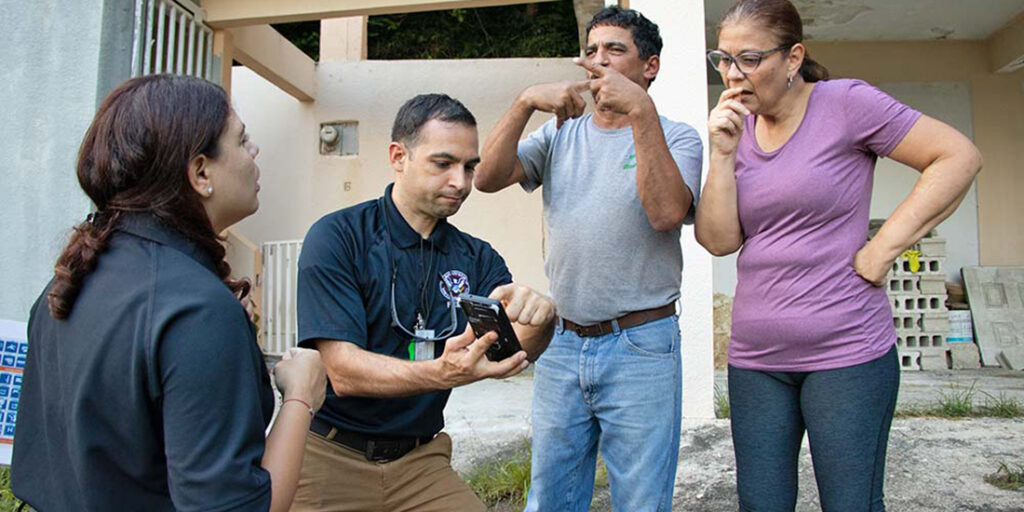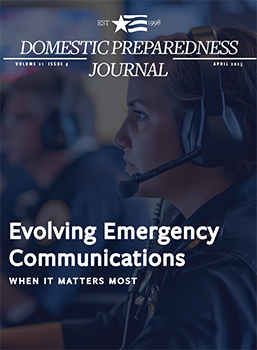Today's Top Picks
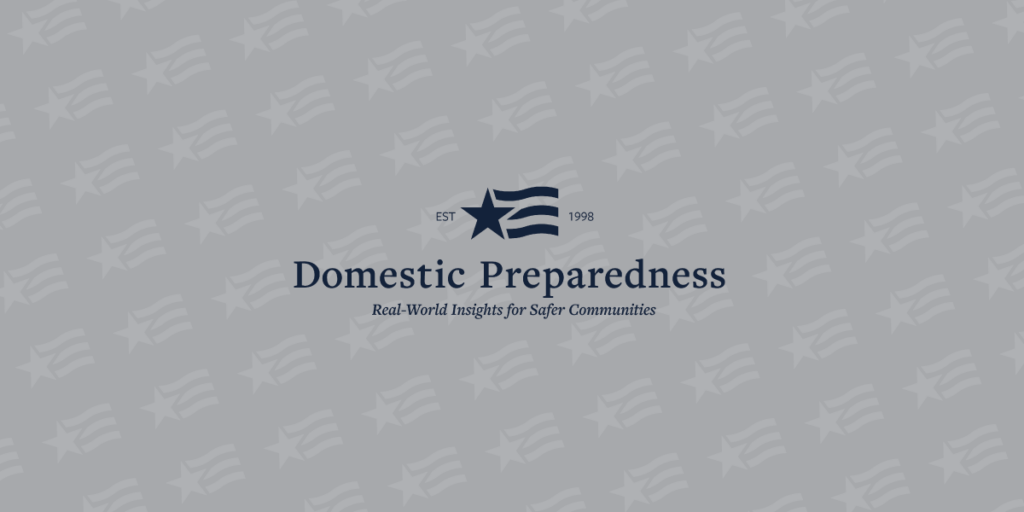
The Electric Grid – Overcoming Vulnerability
In 1850 – nine years before the Carrington Event and 12 years before the Civil War – the population of the United States was 23 million people. At the end of 2018, the population of the U.S. had reached 328 million people. What enabled the population to increase by 305 million people is quite simple: technology. New technologies that promoted this growth include: advances in medicine, advances in agricultural methods, the ability to transport food across the country (and across the world), new sources and uses of energy, an industrial revolution, advances in many areas of technology, and so on. All of these technologies are tied to one significant event: the advent of the electric grid.
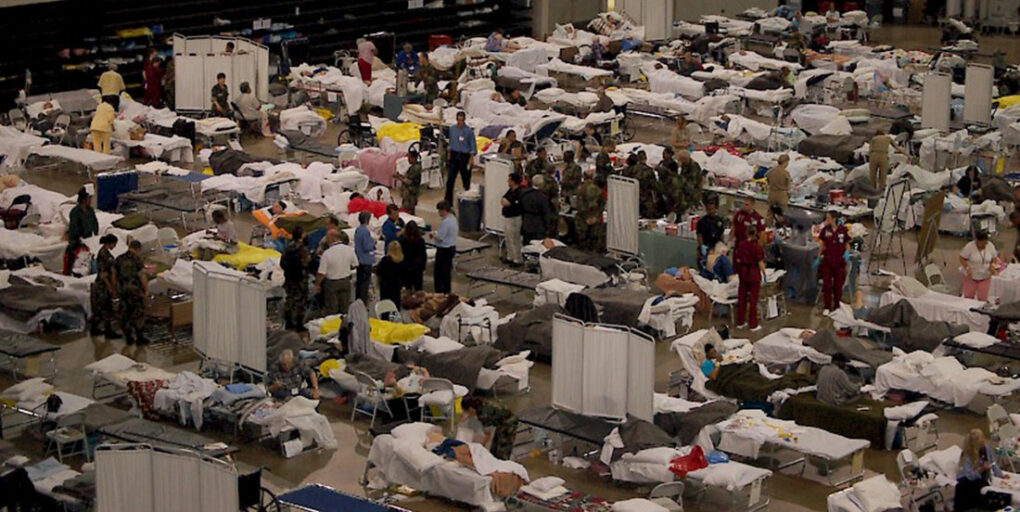
Evolving the Scope of the Strategic National Stockpile
While the mission of the Strategic National Stockpile (SNS) has not changed since Congress established this national repository of emergency medicines and supplies, public health events in the United States during the past 20 years have led to a dramatic expansion of the scope of the stockpile’s capabilities. Originally focused on protecting Americans from bioterrorist threats surrounding the year 2000, or Y2K, the stockpile has grown and evolved to a greater than $8 billion enterprise that contains more than just medical countermeasures (MCMs) for biological and chemical threats. The mission authorized is broad enough to encompass virtually any threat to national health security, and the progress SNS has made operationally lends it to encompassing a continually evolving landscape of risks that might be mitigated.
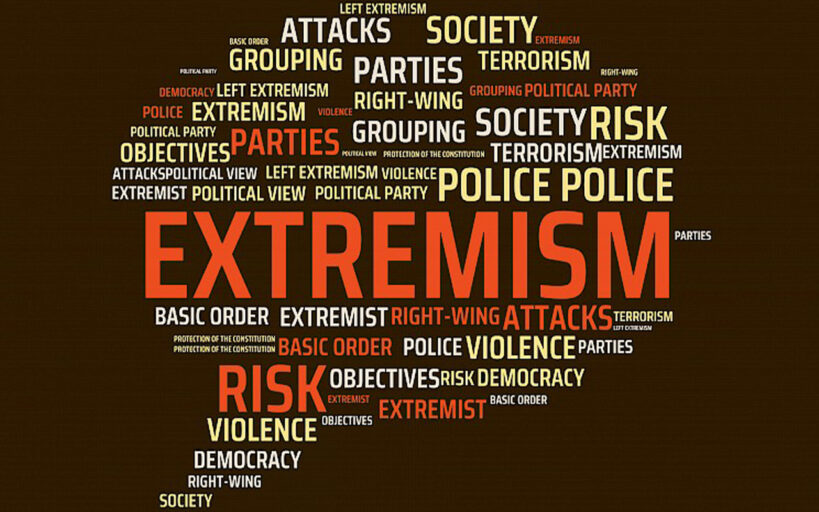
Domestic Terrorism – Defining a Real Threat
Over the past two decades, the United States has focused heavily on preventing attacks from Islamic terrorism movements – or those inspired by these movements. However, recent attacks in the United States over the past few years have prompted much debate on how to combat the threat of domestic terrorism. Particularly concerning is that the recent surge in white supremacy and right-wing/left-wing extremist movements could inspire others to commit further violent attacks. In response to the most recent attacks in Ohio and Texas, the Federal Bureau of Investigation (FBI) says it “remains concerned that U.S.-based domestic violent extremists could become inspired by these and previous high-profile attacks to engage in similar acts of violence.” Equally concerning for law enforcement agencies is that a domestic terrorist attack is just as likely as a threat from abroad.

Post-Disaster Death Figures Do Not Tell the Whole Story
In any disaster, there is a cost beyond the immediate mortality figures following a disaster due to a lack of proper medical supplies and treatment in mass care shelters. The Centers for Disease Control and Prevention publishes a weekly “Morbidity and Mortality Weekly Report,” which serves as a clearinghouse for epidemiological reports submitted by state health departments. However, a public health method must go beyond the death tolls and rates and estimate the years of life lost for people who were without medications and treatments (like dialysis) for extended periods of time during and following disasters.

Overcoming Healthcare Challenges & Finding Solutions
The healthcare industry presents many challenges for emergency preparedness professionals. The
planning process for a major crisis involves numerous stakeholders, each with their own plans and
procedures. Emergency medical services and hospitals, in particular, are tasked with managing dynamic,
ever-changing environments that are difficult to predict. A medical surge could easily lead to shortages
in critical resources if mutual aid agreements, healthcare coalitions, and other collaborative efforts
are not already in place before disaster strikes.

The Value of Crisis Communications
The role of the emergency management systems is to bring calm to chaos. The role of the public information officer (PIO) is to disseminate information that is credible, accurate, and reliable. It is a critical component of the initial response to meet the informational needs of residents – trusted, credible information aids in bringing calm.
Trending
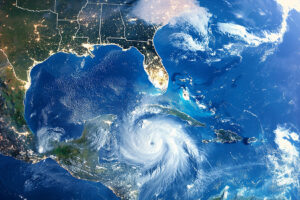 Emergency Management has Evolved: Why the… by Chas Eby While initially useful, the term “all hazards” no longer accurately describes the functions or mission of the emergency management discipline.…
Emergency Management has Evolved: Why the… by Chas Eby While initially useful, the term “all hazards” no longer accurately describes the functions or mission of the emergency management discipline.… Elevating Healthcare Emergency Preparedness… by Kathryn Romanchuk and Ben Kobliner Overlooked until disaster strikes, many emergency management departments struggle with personnel and budgetary constraints, yet the demand placed on these…
Elevating Healthcare Emergency Preparedness… by Kathryn Romanchuk and Ben Kobliner Overlooked until disaster strikes, many emergency management departments struggle with personnel and budgetary constraints, yet the demand placed on these… Cost Analysis: Protecting the Grid and Electronics… by The Foundation for Infrastructure Resilience Because modern societies are increasingly reliant on electronics, they are more vulnerable to the effects of an electromagnetic pulse event.…
Cost Analysis: Protecting the Grid and Electronics… by The Foundation for Infrastructure Resilience Because modern societies are increasingly reliant on electronics, they are more vulnerable to the effects of an electromagnetic pulse event.… Bridging Communication Gaps: Lessons from Hurricane Helene by Greg Hauser Hurricanes in 2024 caused widespread damage to infrastructure, leading to a critical but often overlooked issue: isolation. Physical and technological…
Bridging Communication Gaps: Lessons from Hurricane Helene by Greg Hauser Hurricanes in 2024 caused widespread damage to infrastructure, leading to a critical but often overlooked issue: isolation. Physical and technological…Trending
 Cost Analysis: Protecting the Grid and Electronics… by The Foundation for Infrastructure Resilience Because modern societies are increasingly reliant on electronics, they are more vulnerable to the effects of an electromagnetic pulse event.…
Cost Analysis: Protecting the Grid and Electronics… by The Foundation for Infrastructure Resilience Because modern societies are increasingly reliant on electronics, they are more vulnerable to the effects of an electromagnetic pulse event.… Bridging Communication Gaps: Lessons from Hurricane Helene by Greg Hauser Hurricanes in 2024 caused widespread damage to infrastructure, leading to a critical but often overlooked issue: isolation. Physical and technological…
Bridging Communication Gaps: Lessons from Hurricane Helene by Greg Hauser Hurricanes in 2024 caused widespread damage to infrastructure, leading to a critical but often overlooked issue: isolation. Physical and technological… Emergency Management has Evolved: Why the… by Chas Eby While initially useful, the term “all hazards” no longer accurately describes the functions or mission of the emergency management discipline.…
Emergency Management has Evolved: Why the… by Chas Eby While initially useful, the term “all hazards” no longer accurately describes the functions or mission of the emergency management discipline.… Elevating Healthcare Emergency Preparedness… by Kathryn Romanchuk and Ben Kobliner Overlooked until disaster strikes, many emergency management departments struggle with personnel and budgetary constraints, yet the demand placed on these…
Elevating Healthcare Emergency Preparedness… by Kathryn Romanchuk and Ben Kobliner Overlooked until disaster strikes, many emergency management departments struggle with personnel and budgetary constraints, yet the demand placed on these…Trending
Emergency Management has Evolved: Why the… by Chas Eby While initially useful, the term “all hazards” no longer accurately describes the functions or mission of the emergency management discipline.…
Elevating Healthcare Emergency Preparedness… by Kathryn Romanchuk and Ben Kobliner Overlooked until disaster strikes, many emergency management departments struggle with personnel and budgetary constraints, yet the demand placed on these…
Cost Analysis: Protecting the Grid and Electronics… by The Foundation for Infrastructure Resilience Because modern societies are increasingly reliant on electronics, they are more vulnerable to the effects of an electromagnetic pulse event.…
Bridging Communication Gaps: Lessons from Hurricane Helene by Greg Hauser Hurricanes in 2024 caused widespread damage to infrastructure, leading to a critical but often overlooked issue: isolation. Physical and technological…
Domestic Preparedness Journal
Featured in this issue: Editor’s Note: Emergency Communications—Tough Lessons From the Maui Wildfires, by Catherine L. Feinman; Emergency Alerts: The Missing Link, by Rodrigo (Roddy) Moscoso; Hidden Barriers to Public Safety Interoperability, by Gabe Elias; AI Software in 911 Dispatch Centers: An Innovative Solution, by Tanya M. Scherr; A Systems Thinking Approach to Improving Emergency Communications, by William Chapman; Connectivity: The Foundation of Disaster Response and Preparedness, by Cory Davis; Know the Audience: Five Keys to Effective Communication, by Marc Hill; Bridging Communication Gaps: Lessons From Hurricane Helene, by Greg Hauser; A Regional Approach to Public Safety Communications Planning, by Charles (Charley) Bryson
Articles Out Loud

Article Out Loud – Not Lost in Translation: A Multilingual Corps Approach
May 14, 2025
Disaster survivors and responders often face psychological hazards like acute stress disorder, depression, and post-traumatic stress. These issues are worsened

Article Out Loud – Physical and Mental Injuries in First Responders: Why Wait?
May 14, 2025
First responders undergo intense physical training to ensure they are physically prepared for emergencies. Yet despite the high-stress nature of


